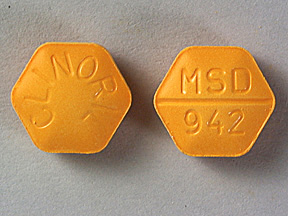Clinoril Interactions
There are 391 drugs known to interact with Clinoril (sulindac), along with 11 disease interactions, and 2 alcohol/food interactions. Of the total drug interactions, 100 are major, 282 are moderate, and 9 are minor.
- View all 391 medications that may interact with Clinoril
- View Clinoril alcohol/food interactions (2)
- View Clinoril disease interactions (11)
Most frequently checked interactions
View interaction reports for Clinoril (sulindac) and the medicines listed below.
- Adderall (amphetamine / dextroamphetamine)
- Advair Diskus (fluticasone / salmeterol)
- albuterol
- aspirin
- Aspirin Low Strength (aspirin)
- atenolol
- clonazepam
- Cymbalta (duloxetine)
- Flexeril (cyclobenzaprine)
- gabapentin
- hydrochlorothiazide
- Lipitor (atorvastatin)
- lisinopril
- losartan
- magnesium oxide
- meloxicam
- metformin
- naproxen
- omeprazole
- prednisone
- Prilosec (omeprazole)
- Protonix (pantoprazole)
- simvastatin
- Singulair (montelukast)
- Synthroid (levothyroxine)
- tramadol
- trazodone
- Vitamin B12 (cyanocobalamin)
- Vitamin D3 (cholecalciferol)
- Xanax (alprazolam)
Clinoril alcohol/food interactions
There are 2 alcohol/food interactions with Clinoril (sulindac).
Clinoril disease interactions
There are 11 disease interactions with Clinoril (sulindac) which include:
- asthma
- fluid retention
- GI toxicity
- rash
- renal toxicities
- thrombosis
- anemia
- hepatotoxicity
- hyperkalemia
- platelet aggregation inhibition
- nephrolithiasis
More about Clinoril (sulindac)
- Clinoril consumer information
- Compare alternatives
- Reviews (4)
- Drug images
- Latest FDA alerts (4)
- Side effects
- Dosage information
- During pregnancy
- Drug class: Nonsteroidal anti-inflammatory drugs
- Breastfeeding
Related treatment guides
Drug Interaction Classification
| Highly clinically significant. Avoid combinations; the risk of the interaction outweighs the benefit. | |
| Moderately clinically significant. Usually avoid combinations; use it only under special circumstances. | |
| Minimally clinically significant. Minimize risk; assess risk and consider an alternative drug, take steps to circumvent the interaction risk and/or institute a monitoring plan. | |
| No interaction information available. |
See also:
Further information
Always consult your healthcare provider to ensure the information displayed on this page applies to your personal circumstances.


